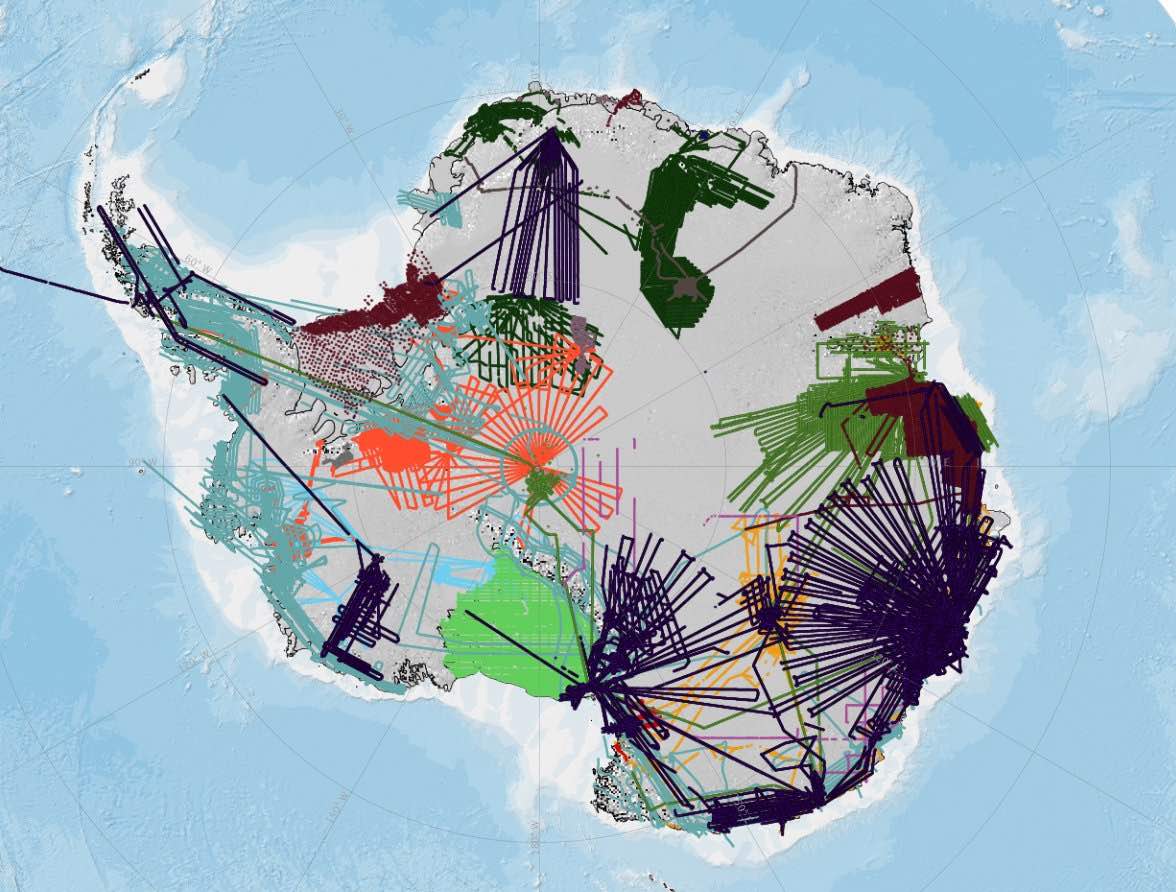In a groundbreaking achievement for Antarctic research, detailed and extensive information on ice thickness and bed topography is now available for the first time in a centralized and standardized format. Bedmap3, supported by SCAR, marks a significant milestone in glaciology and geophysics. It builds upon the success of its predecessors, Bedmap and Bedmap2, which have provided widely used maps and databases of ice thickness and bed topography, contributing to advancements in international glaciology and geophysical studies.
Bedmap3, led by the Bedmap3 Action Group, is the result of a collaborative effort involving more than 50 institutions and scientists from 36 institutions across 18 countries. Over the past 60 years, extensive ground-based and airborne surveys have compiled a comprehensive dataset, yielding valuable insights into the composition of ice and rock in Antarctica. This data is crucial for predicting future ice loss and sea level rise, aiding policymakers in developing effective climate change strategies.
Compared to the previous iteration released a decade ago, Bedmap3 offers significantly more data and coverage. The project has added 52 million new data points and 1.9 million kilometers of measurements, more than doubling the available dataset. It has also filled major gaps, particularly in East Antarctica, including the South Pole, and now encompasses glacier troughs and floating ice shelves, providing new insights into previously unsampled areas.
One of the key achievements of Bedmap3 is the easy and open accessibility of its underlying data for all researchers. By adhering to the Fair data principles (Findable, Accessible, Interoperable, and Reusable) and using consistent data formats agreed upon internationally, the project paves the way for developing more accurate models of future ice loss and sea level rise.
Researchers worldwide now have unprecedented access to a wealth of comprehensive and reliable information on Antarctic ice thickness and bed topography. The data is no longer subject to the slow and difficult process that often led to time lags between collection and usage, which is particularly crucial given the rapid changes occurring in parts of the Antarctic peninsula.
Bedmap3 represents a major step forward in research and predictions regarding Antarctica’s contribution to sea level rise. Its comprehensive dataset, freely accessible to researchers, will aid in developing more accurate models and inform policy-makers in climate change strategies and mitigating the impact of rising oceans.
Peter Fretwell, chair of Bedmap3 and Geographic Information Officer at British Antarctic Survey, emphasises:
It has been a huge effort by the international community tracking down all the existing data, standardizing it and making it freely available. I think that we have contributions from every nation that has ever collected geophysical data. We hope that the Bedmap3 data will speed up vital research to understand Antarctic glaciology and how the continent’s ice will contribute to future sea level rise in a warming world.
The collective efforts of the Bedmap projects have not only advanced scientific knowledge but have also facilitated international connections and collaborations across institutions. The establishment of Bedmap3 as a more formal project, sponsored by SCAR, underscores the commitment to enhancing scientific understanding and addressing the challenges posed by Antarctica’s changing landscape.
Researchers can access the data through the SCAR Bedmap Data Portal, unlocking a new era of Antarctic research and supporting global efforts to address climate change.

